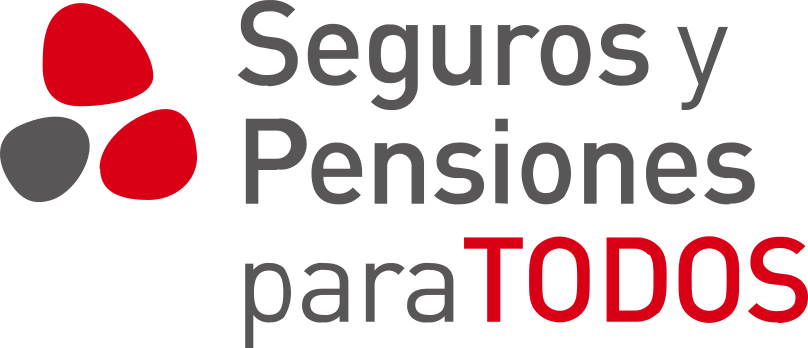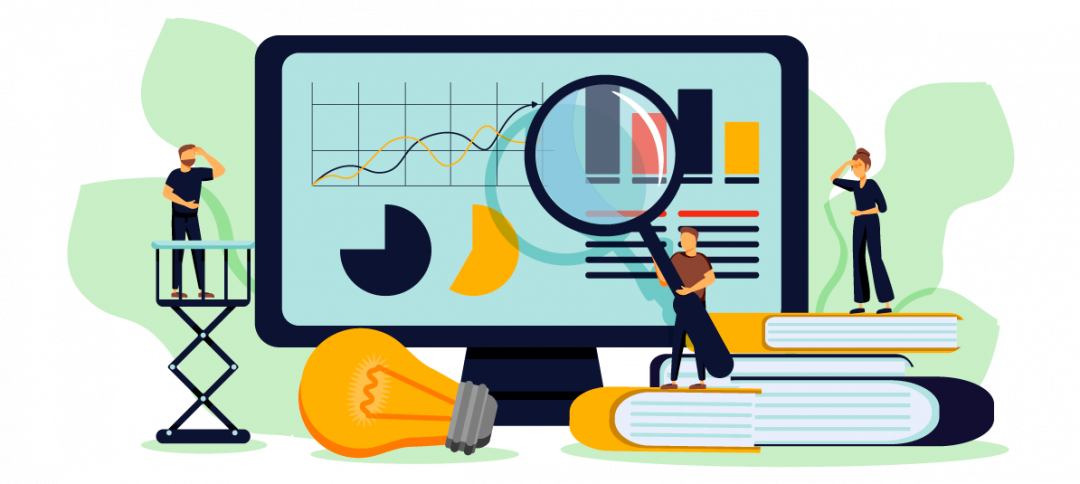The Spanish National Securities Market Commission (CNMV) defines your investor profile as the relationship between the risks you are willing to take and the returns you expect to earn.
In other words, how much you are willing to risk, or not, for the possibility of higher returns. That is the essence of your investor profile, although to figure out your personal profile there are a few more things you need to know if you are thinking of making the switch from saver to investor.
What does your investor profile depend on?
Several elements define your profile as an investor, which are related to your risk aversion or appetite, as well as your overall financial situation, among other things.
These are the key elements.
Time horizon and age
These two elements are key to your risk-taking capacity and work in opposite ways.
The time horizon measures the time you plan to invest for, and the longer it is, the riskier your profile can be because you will have more time to recover in the event of a downturn.
The opposite is true for your age, precisely because the older you are, the shorter your time horizon. Consequently, the older you are, the more conservative your profile should be, since you should protect the capital you expect to recover in the short or medium term.
Tolerance and attitude towards risk
What would you do if you saw your investments fall by 10%? Would you buy more? Would you sell? Your tolerance for loss is one of the most important aspects of your investor profile, and it is not easy to know what this really is until you are faced with the reality.
It is one thing to think about a hypothetical 5% drop in the value of your investments, and quite another to see how you have 1,000 euros less in your portfolio. This is precisely what happens to many stock investors after using simulators and demo accounts. It is one thing to experiment with soda pop, and another to put your money on the line.
The greater the risk accepted, the greater the returns you can achieve.
Expected returns:
Another key to your investor profile is to know what return you expect from your investments.
Of course, this target return will have to be supported by the other elements in the equation. You cannot expect to earn 10% per year if your investment term is 1 year or if you do not want to take risks.
Financial situation and assets
Your household finances also come into play when determining your investor profile.
Here you assess questions such as how much money you have saved and how much is invested, and what your savings capacity is.
Your financial situation is also used to gauge how much risk you can take. To understand this better, if right now your expenses represent 90% of your income and you do not save, perhaps investing in a very risky way is not the best option, because if something unexpected does happen, you will be dependent on the market at that moment to recover and use that capital.
Your financial knowledge and experience
How much you actually know about investments may be used as a barrier to entry for certain types of products that are more risky or complex for your investor profile. For example, if you don’t know what a stock is, a derivative product may not be the most suitable, and you may need more conservative and safe products in line with your knowledge.
Experience is also a factor. If you have invested previously, it will be easier for you to understand your own attitude towards risk, because it is possible that you will have experienced ups and downs in your investments.
What investor profiles are there?
The combination of all the elements we have just seen makes up your investor profile. This is what determines what and how you should invest in, as well as the risk you take on and the return you can expect.
Because if there is one thing you should always keep in mind, it is that the greater the risk, the greater the returns, although the term of the investment also influences this relationship. From this point, there are three basic risk profiles:
Conservative profile
This is the investor who is less willing to risk their money, or who plans to invest for a shorter period of time.
We are talking about profiles with an investment horizon of normally less than two years and that, therefore, cannot afford to take a lot of risk, where risk is understood as volatility or variations in the market price. Specifically, this person will be looking for volatility of no more than 10% a year.
They may also be people with a longer time horizon but a huge aversion or very negative attitude to risk.
Moderate profile
These are investors with somewhat longer investment time horizons, usually more than 4 years, and who are looking for a balance between risk and return.
They are able to tolerate greater volatility in their investments, up to 10%, partly because they have a longer time horizon.
High-risk profile
These are investors focused on the medium to long term, who invest with a time horizon of more than 6 years.
This allows them to take on more risk because time dilutes investment volatility, and because they have more time to recover from downturns.
They are also typically investors with a greater capacity to withstand losses and therefore tolerate investment risk. In fact, they are capable of accepting a volatility of more than 10% in their portfolio.
In short, these are people with time ahead of them and who are willing to take on a little more risk in exchange for better returns.
How to find out what your investor profile is
By now, you probably have an idea of what kind of investor you are: conservative, moderate or high-risk.










